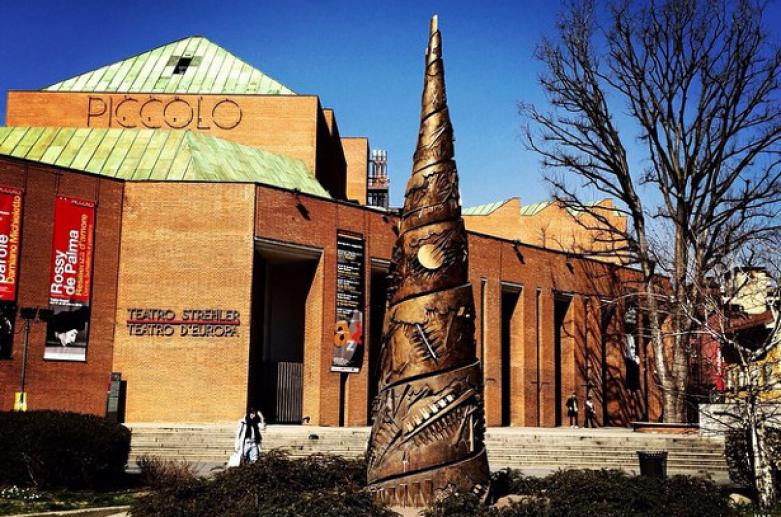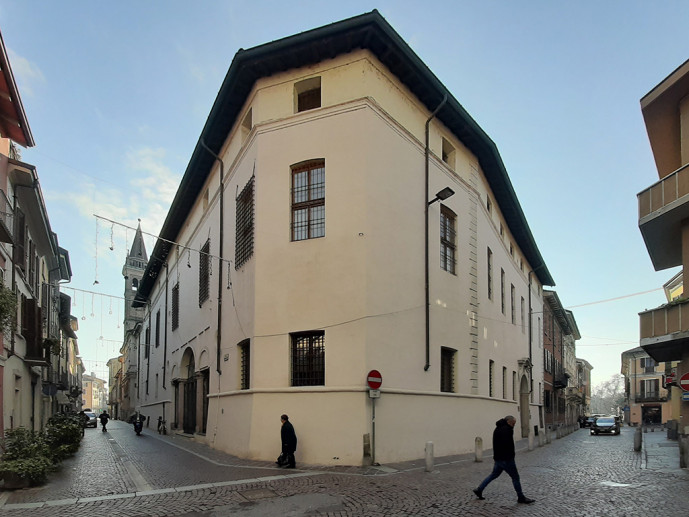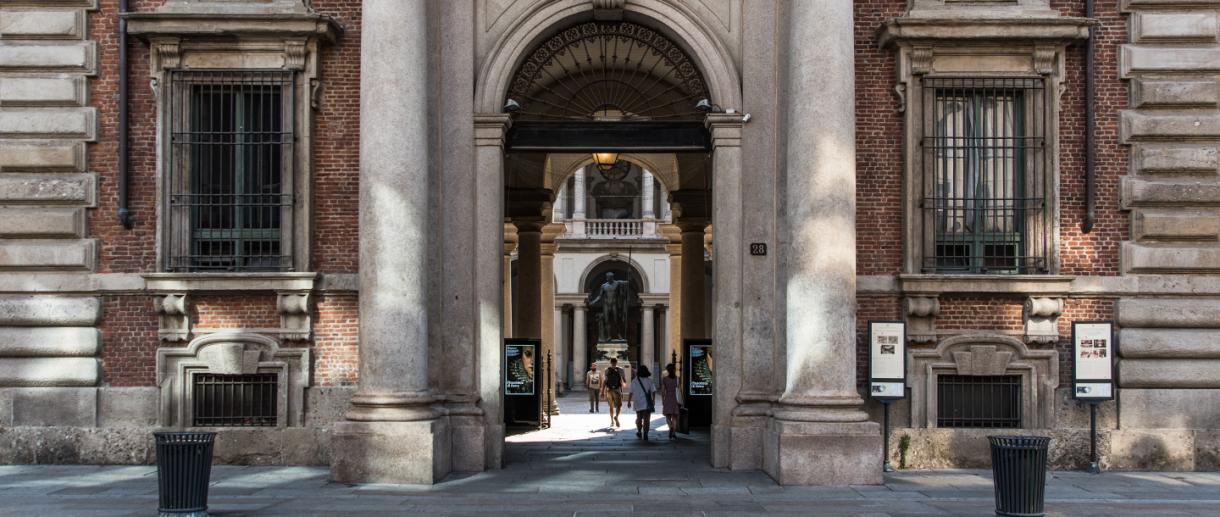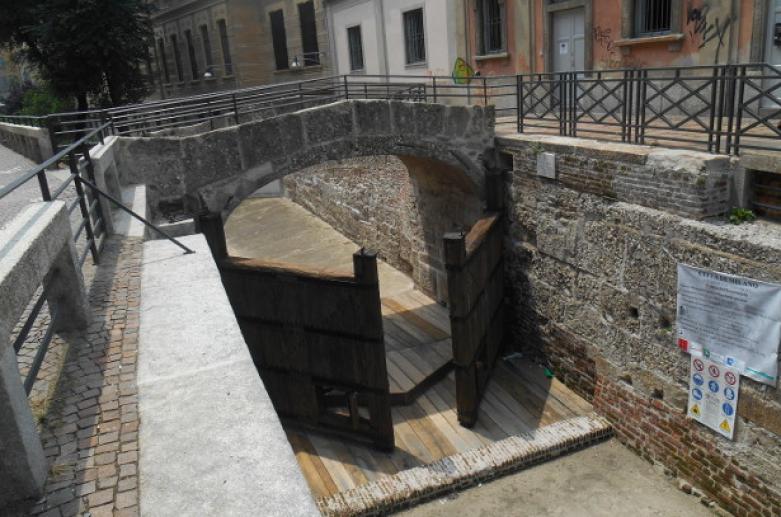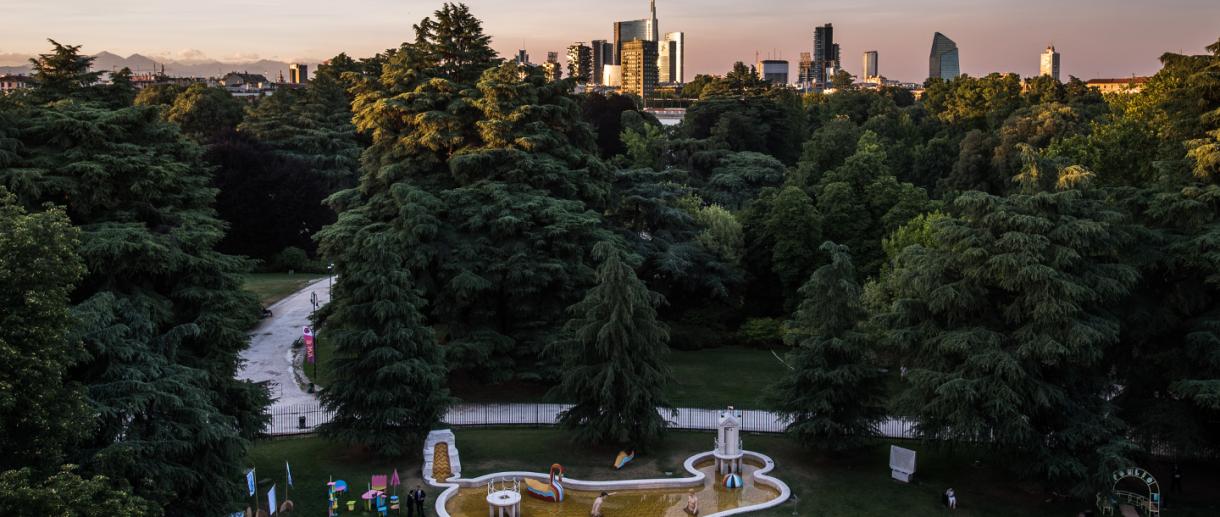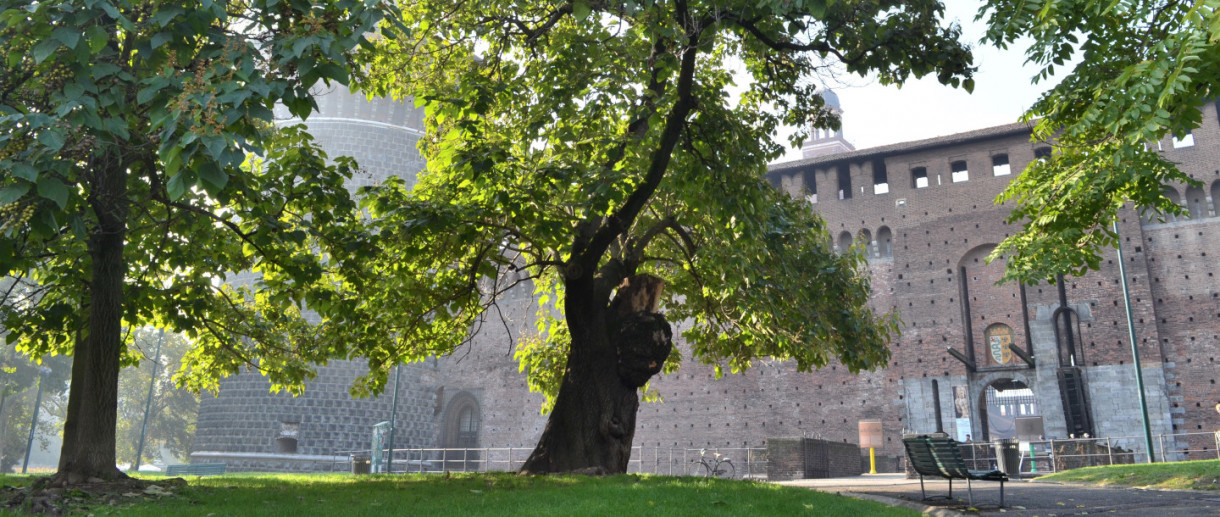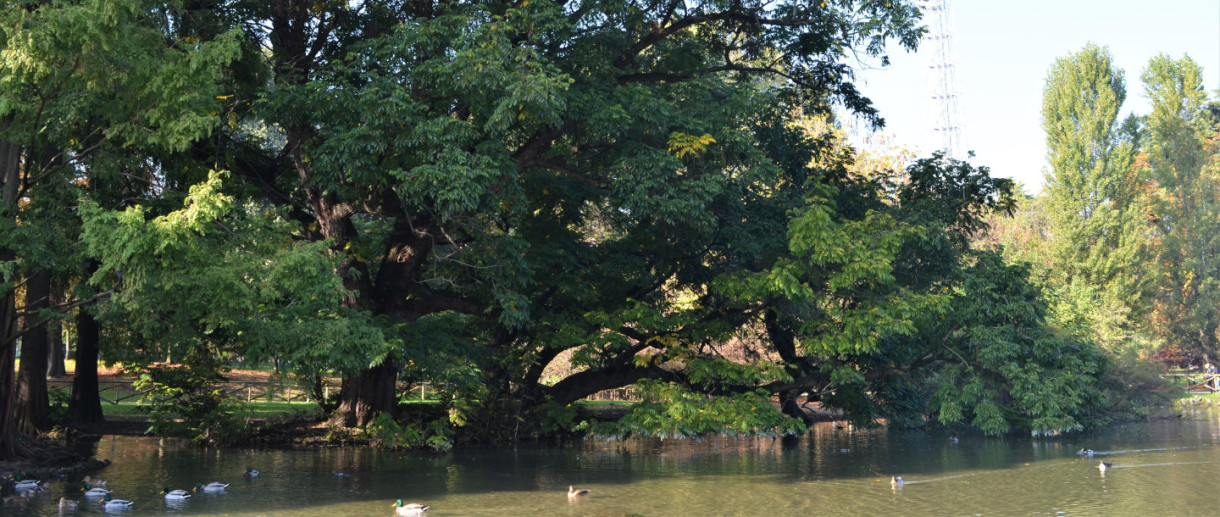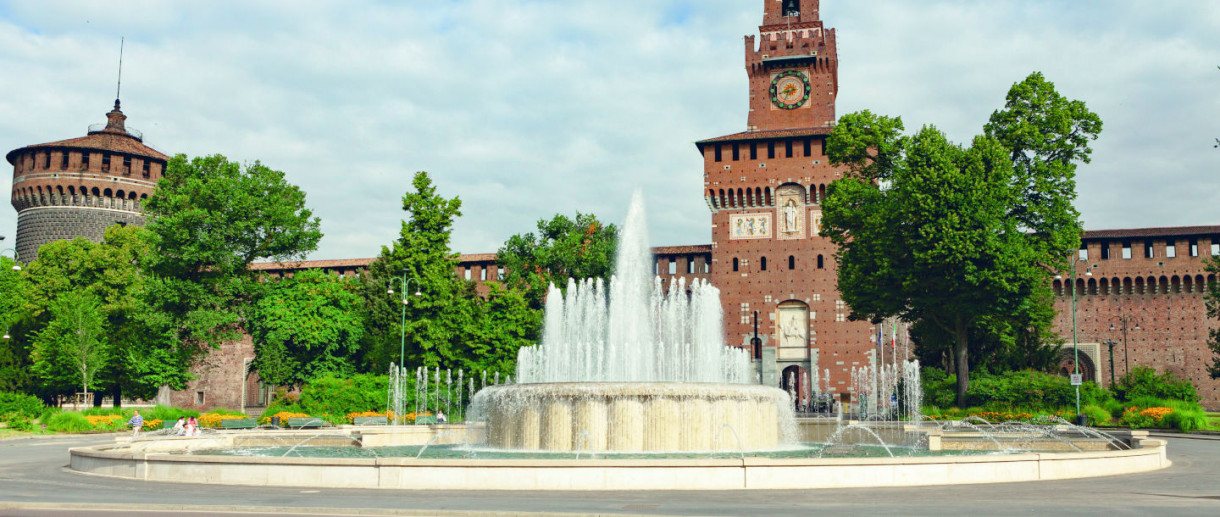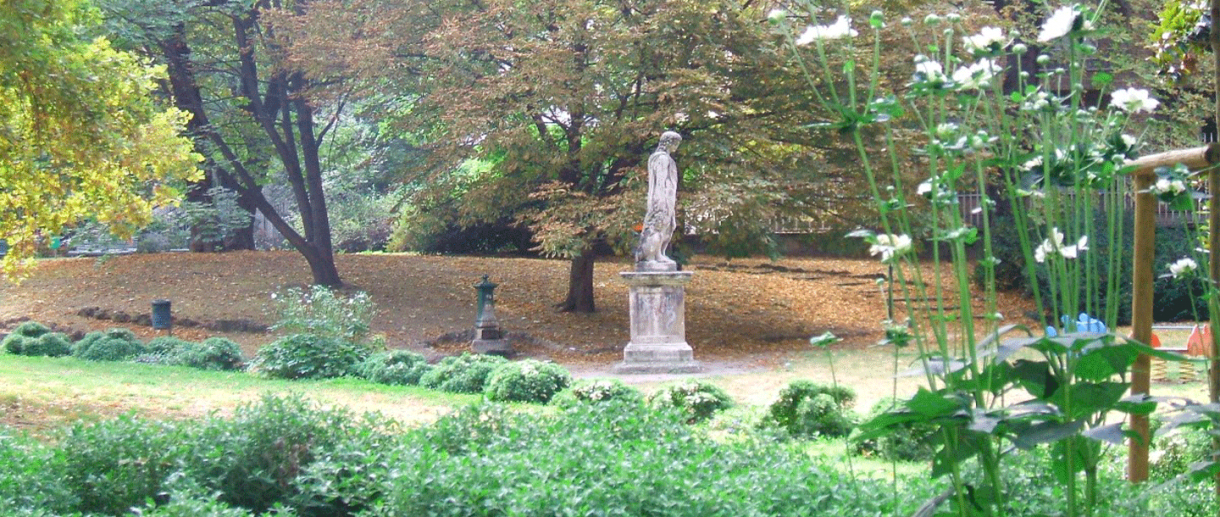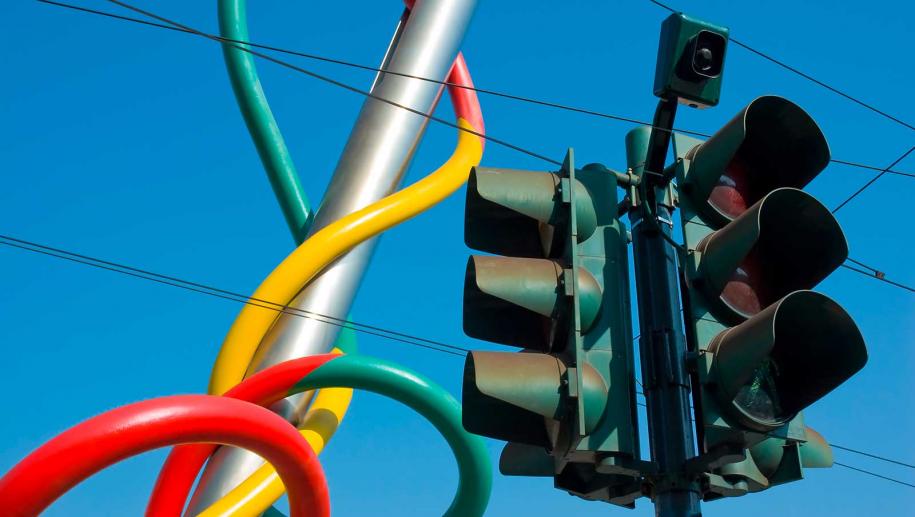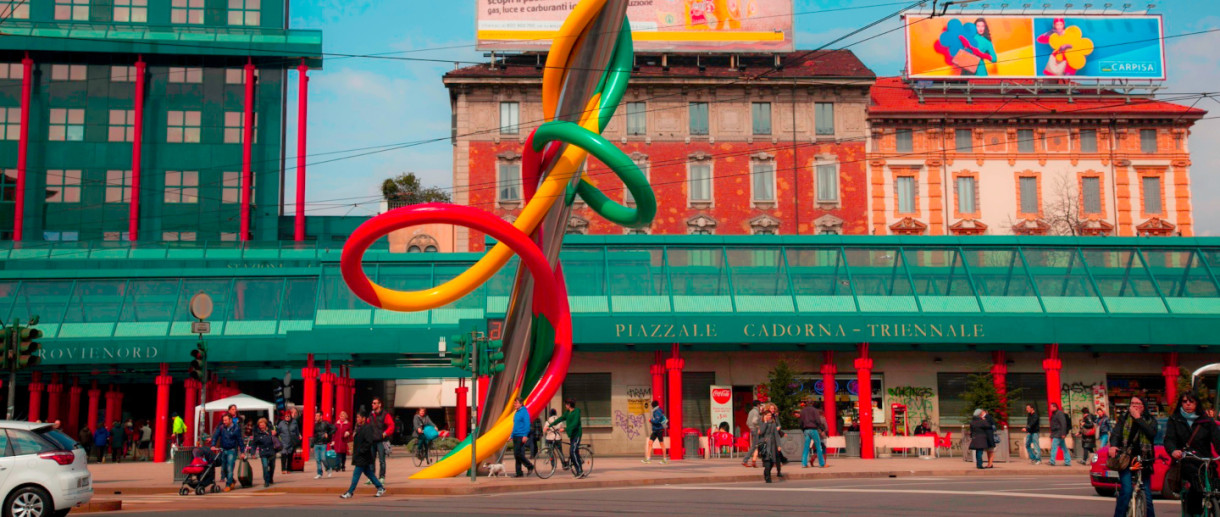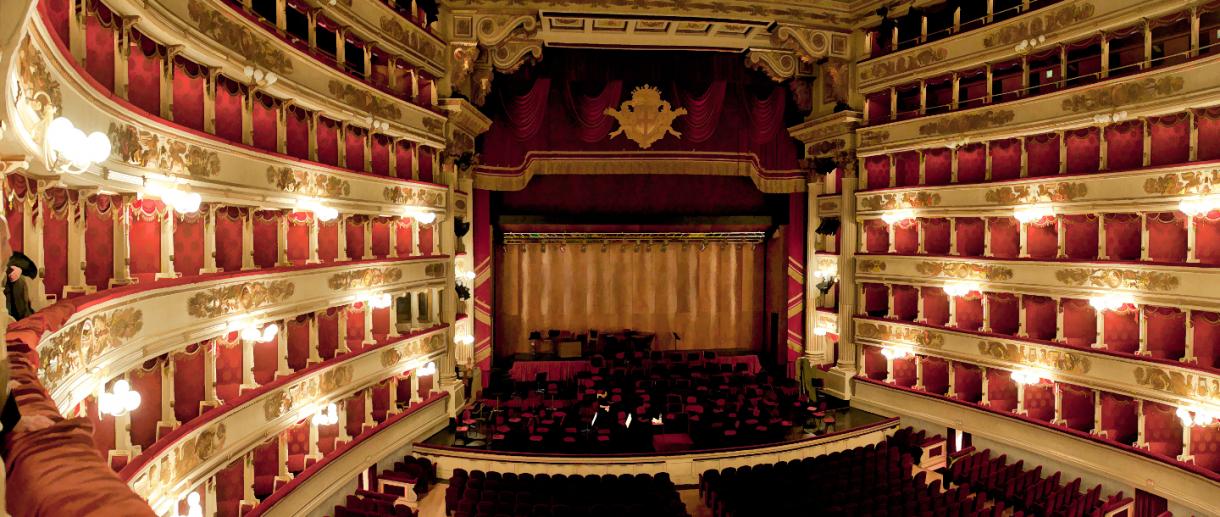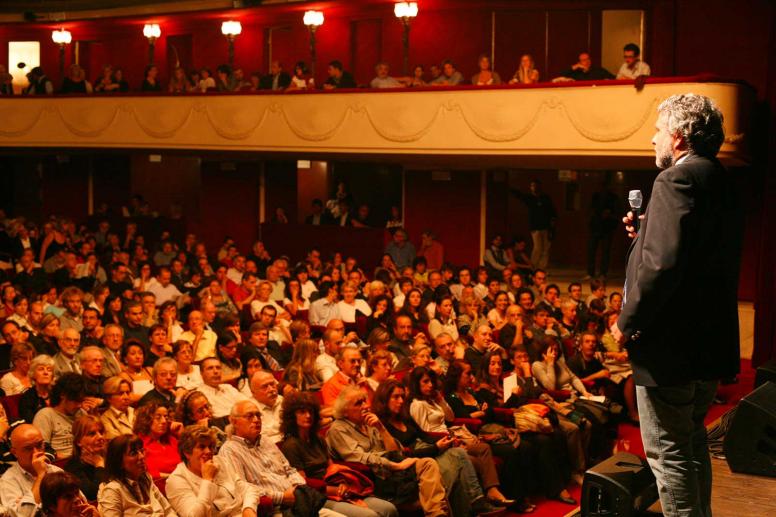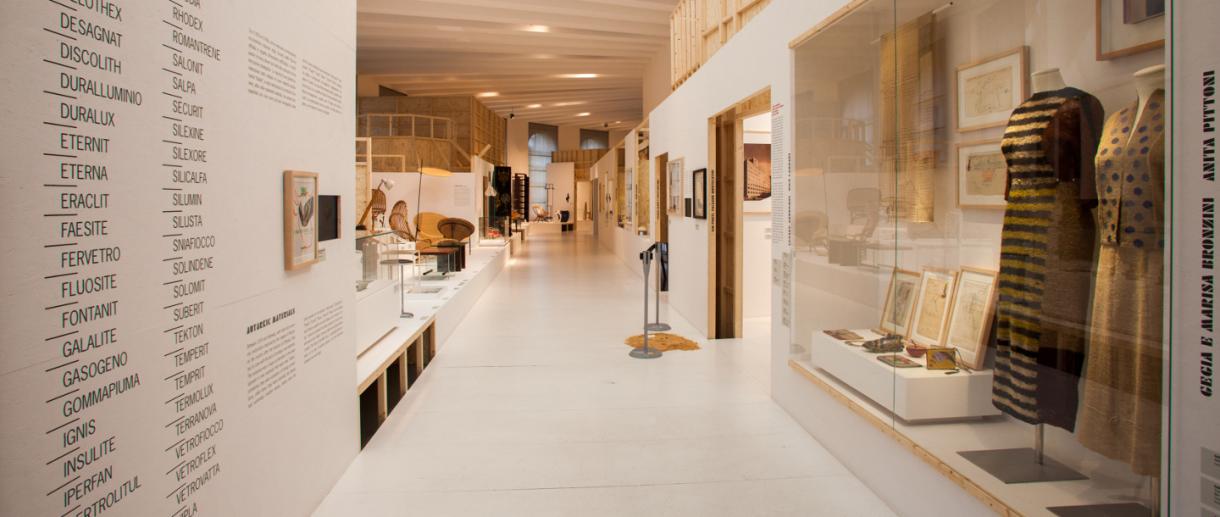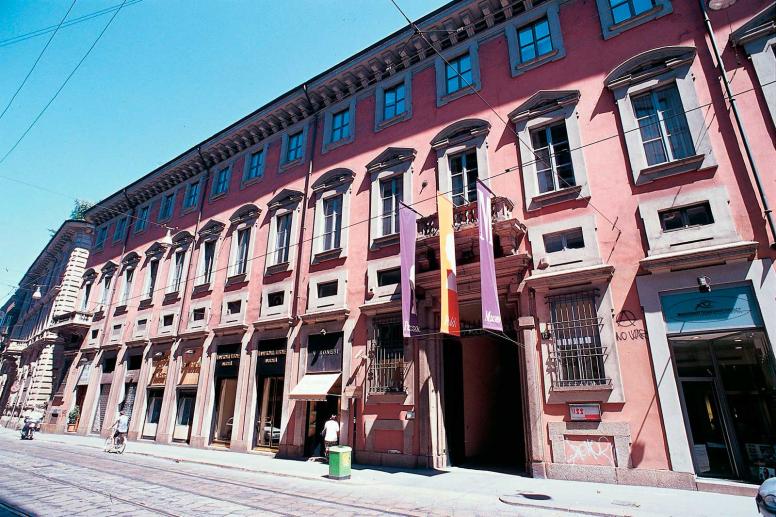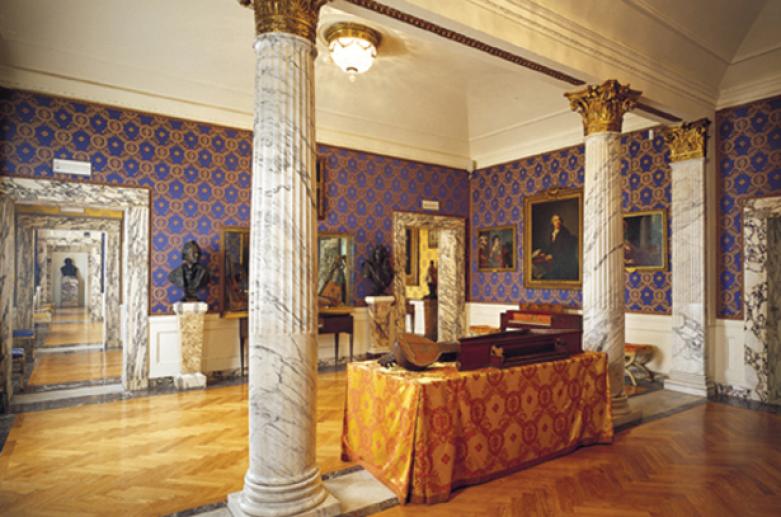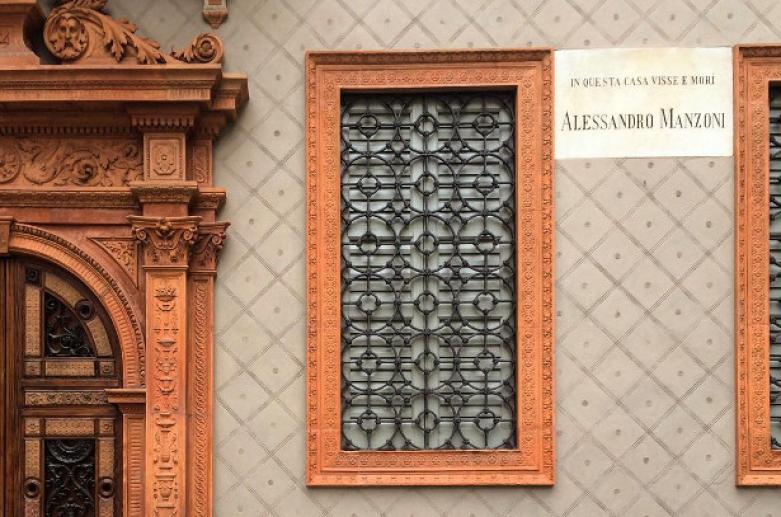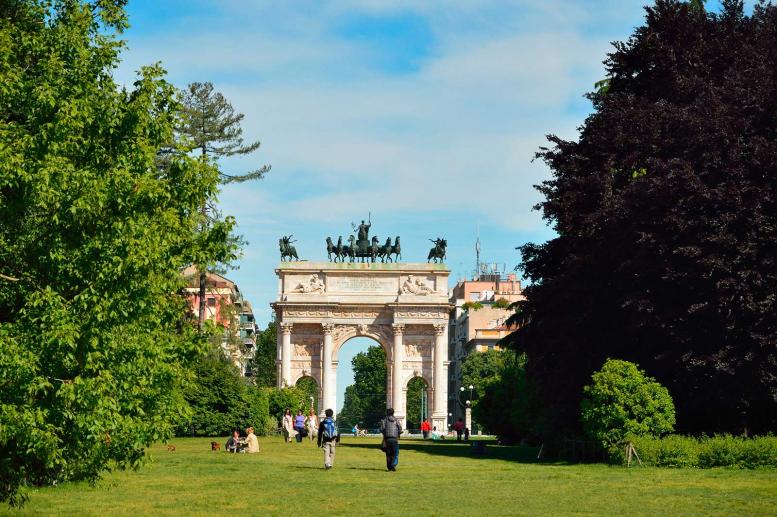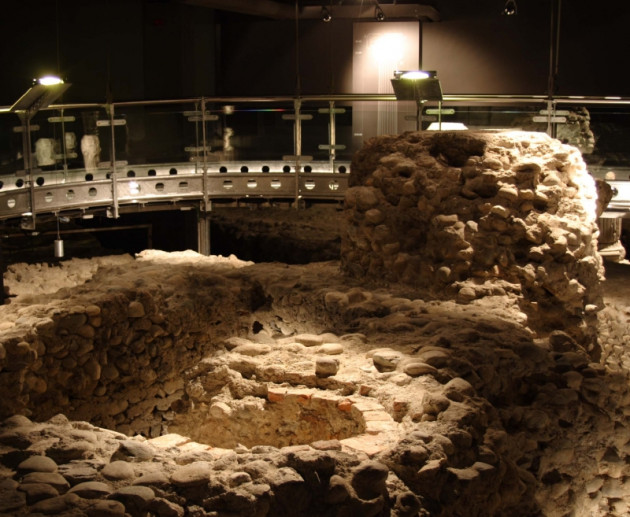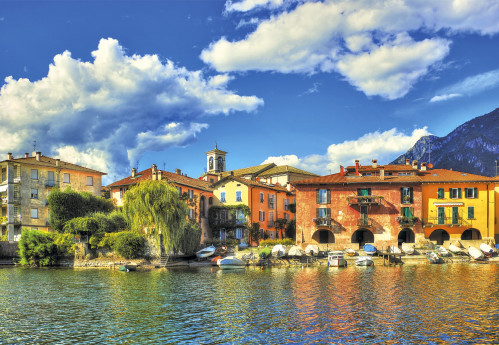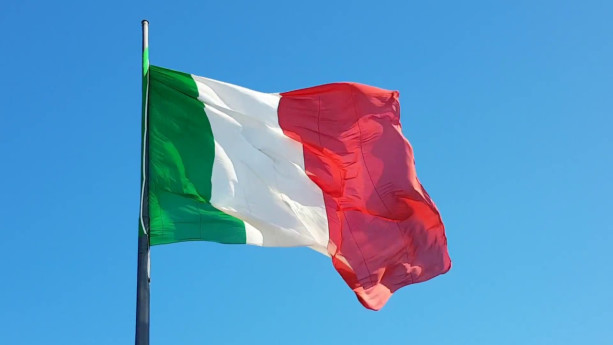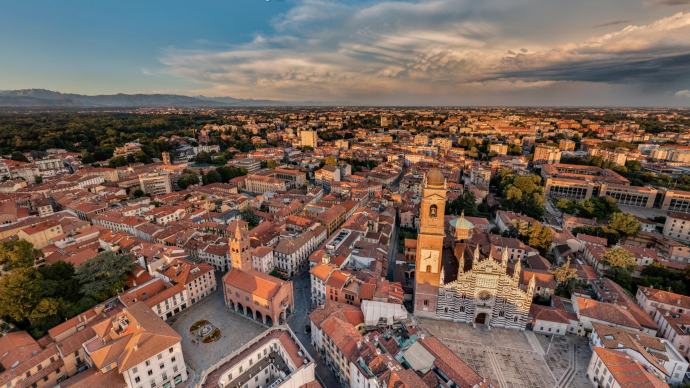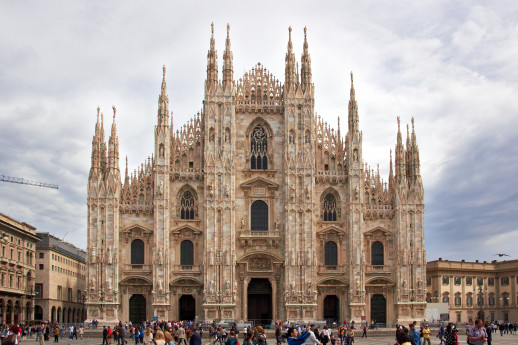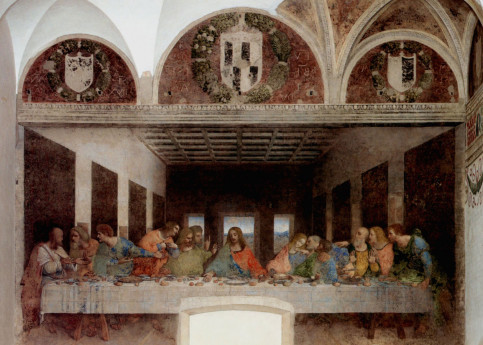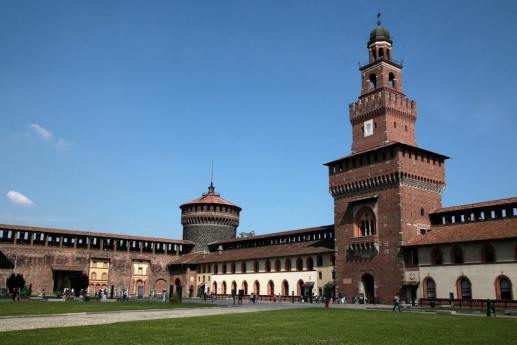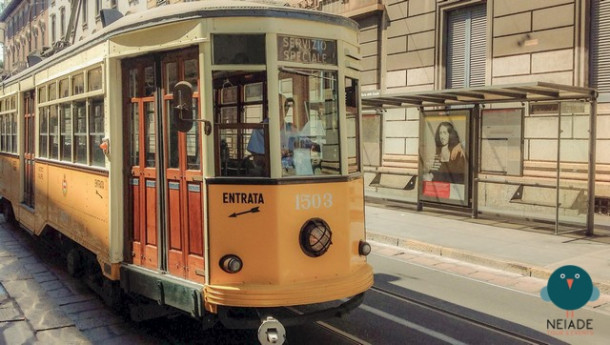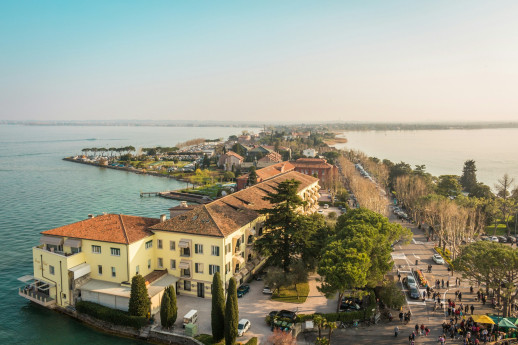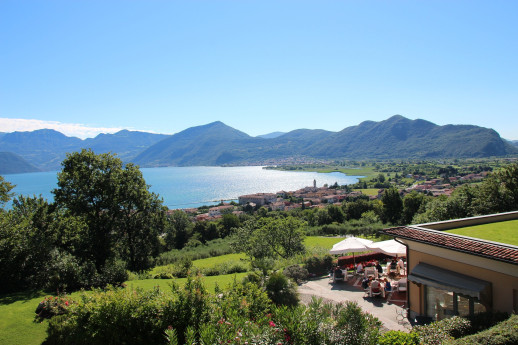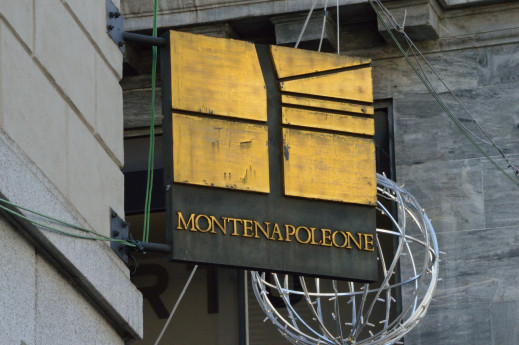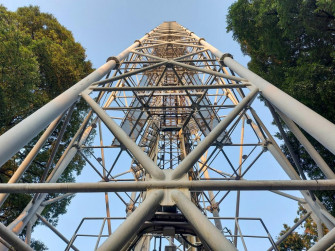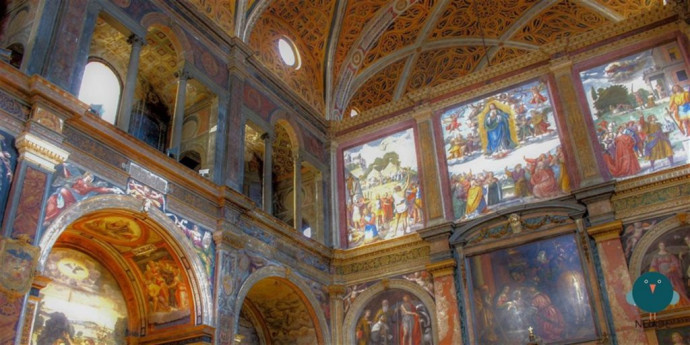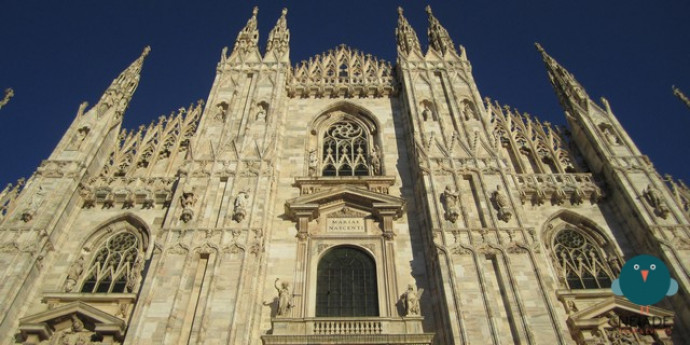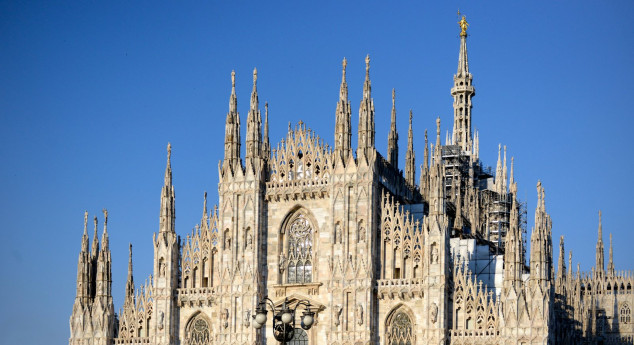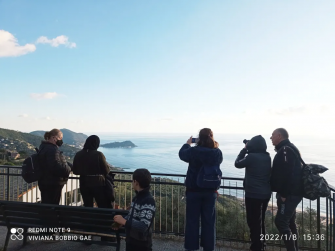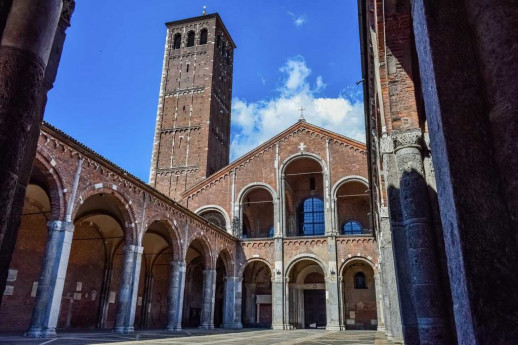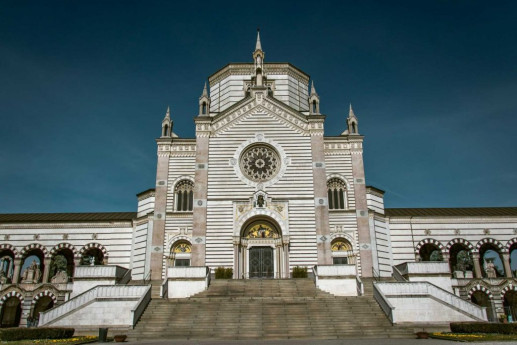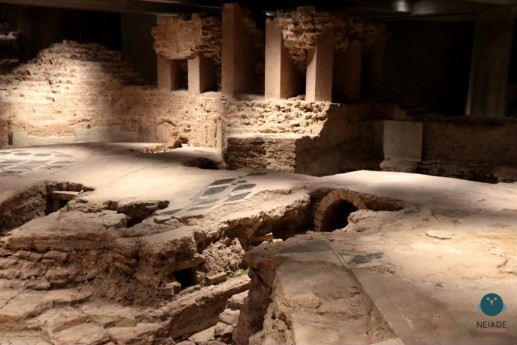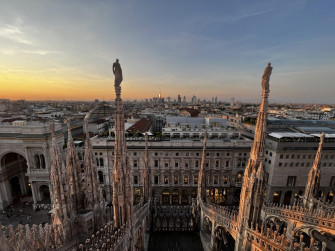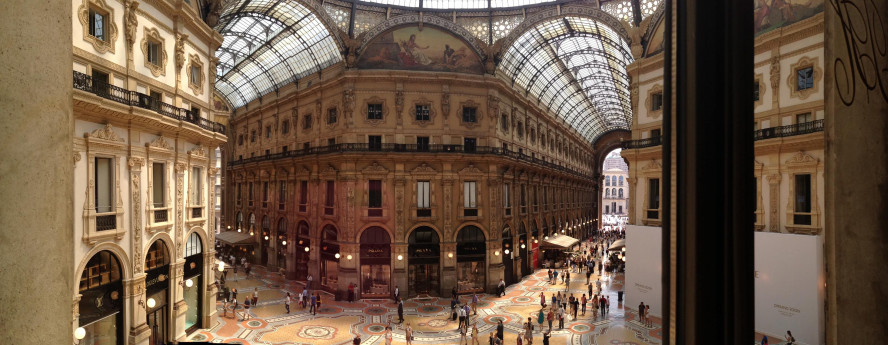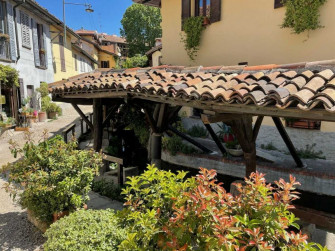- Religious Tourism
- Art & Culture
Basilica di San Simpliciano
The Basilica di San Simpliciano was probably originally commissioned by Saint Ambrose (374-397), but was dedicated to his successor Saint Simplician (who died in 401) and constructed on the site of a pagan cemetery on the outskirts of the city, on the road to Como.
Dedicated to the holy virgins, the building had a cruciform shape, a construction technique already used to differing levels of success for the Basilica di S. Nazaro (either before 386 or in 386 itself).
The smooth lines of the internal walls and the spacious, bright inside were replaced by a more articulated design outside, based on a series of arches that can still be made out to this day beneath the double sets of arches inserted above the pilasters and large windows since.
During the 5th century, the design of this Basilica was replicated in the Suffragan dioceses of Milan; for example, the same construction style was used for the Sant'Abondio church with cemetery in Como.
In 881, the Basilica entered the possession of the Benedictines and was linked to a monastery.
It was around 1176 that the most of the significant Romanesque features were added. The bell tower was built and many of the windows were blocked up. Most importantly, the internal space was divided up into naves, with a series of high vaults – all of the same height.
This was how the typical "hall-style" church came to be. The apse and façade were renovated, with the latter still preserving a portal featuring fascinating sculptures, some of which have sadly been defaced.
